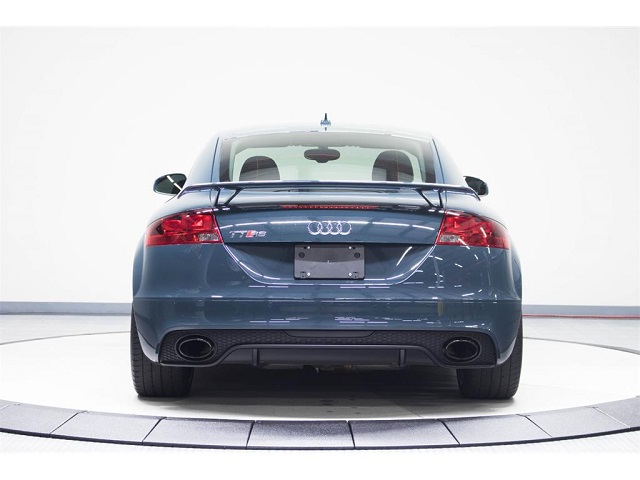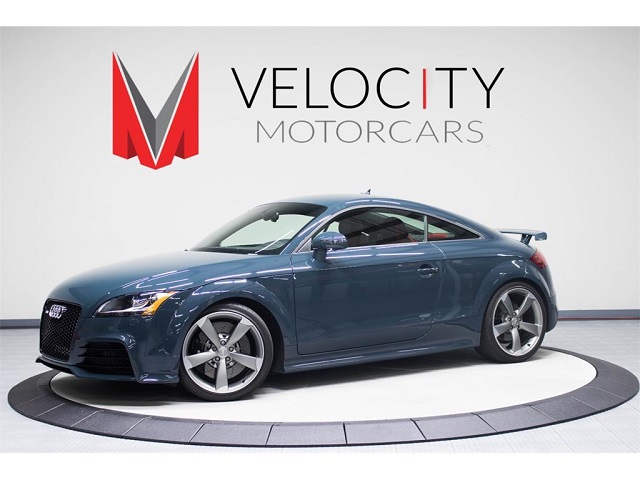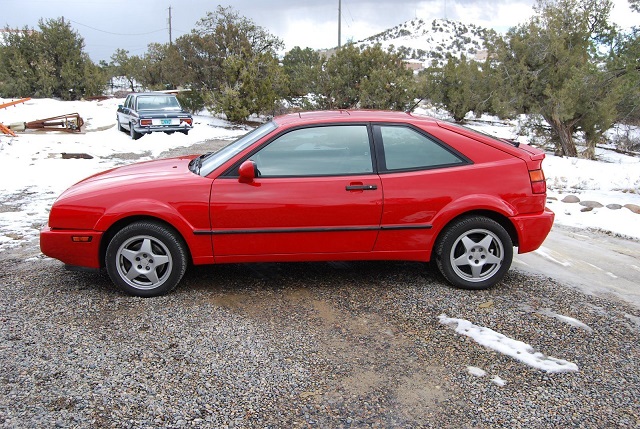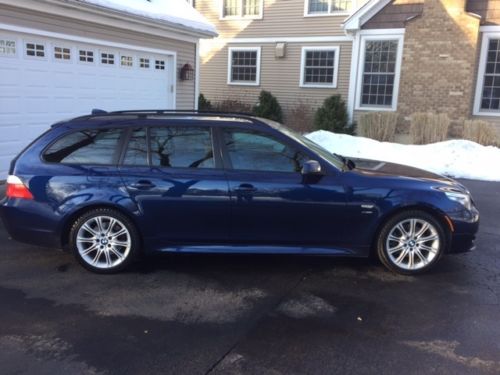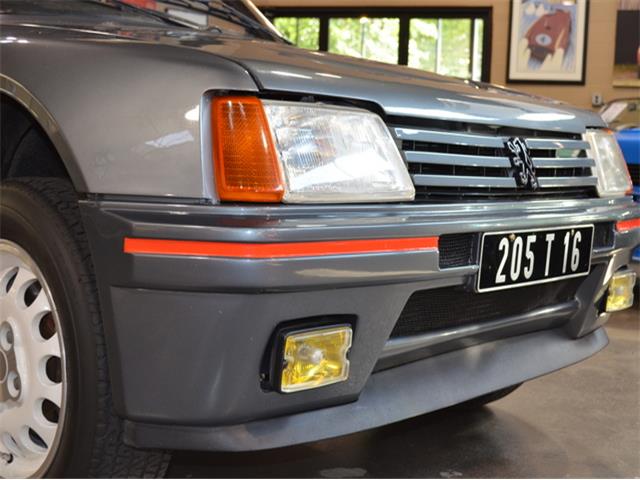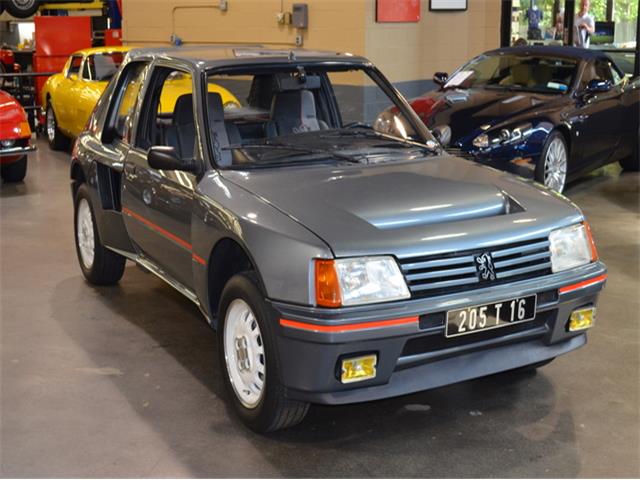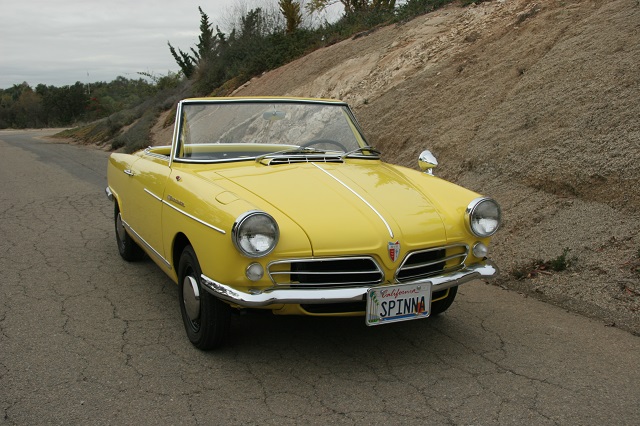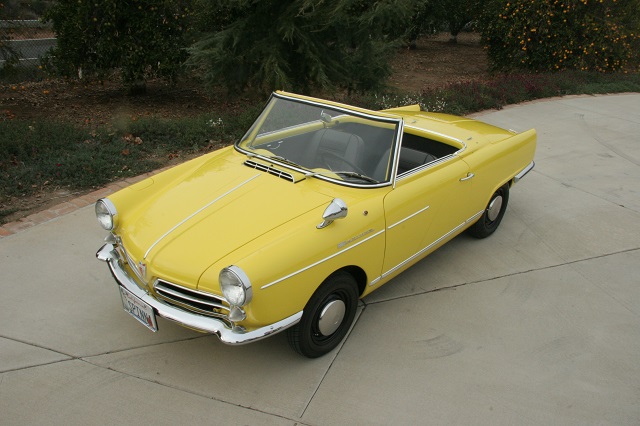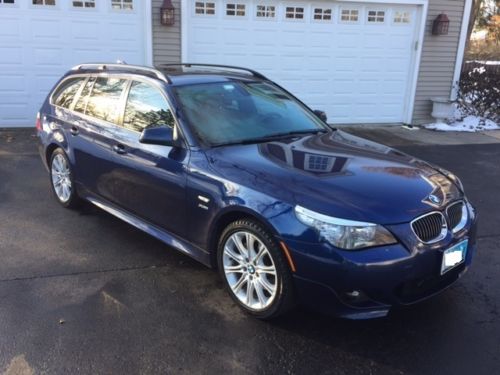
It’s been a while since I last updated you on the trials and tribulations of E61 ownership. And, there have been a few exciting events which pertain to this car. Some of that comes down to learning about the quirks of ownership. For example, the iDrive system has a habit of notifying you of problems well after they’ve occurred. Like the E46, the E61 utilized the ABS speed sensors to calculate rotation of the wheels to determine if you’ve got a flat tire. So, if you..say…swap wheels and forget to notify the car that you’ve done so, it gets very unhappy (but, not immediately – only a few miles down the road will it tell you something occurred). Navigating the menus to find specific items can be laborious, but with time it gets better and you start to figure it out. But the electronic nannies don’t end there; the “IBS” – Intelligent Battery Sensor – proved to be anything but intelligent, as it malfunctioned and decided that the car shouldn’t start. It took a lot of internet diving to determine that simply unplugging the connector would fix the problem. Of course, that sensor is directly under the drains for the sunroof, which unfortunately seem to have a habit of randomly leaking (and, according to the never-wrong internet, are almost always the cause of the woes with the IBS).
Then there’s the service warning.
Say your 11 year old car uses (read: leaks) a little oil. Fine, no problem, top it up. But the E6x FREAKS OUT that you’ve lost a little oil and basically tells you you’re about to grenade the motor. Except, it doesn’t do this when you first start the car. No, because the N52 carries some 7 quarts of synthetic it waits for the oil to warm up prior to notifying you there’s a problem. And there is no dipstick. So, you have to wait for the car to determine if it has oil, which it will do ONCE YOU REACH YOUR DESTINATION AND DON’T HAVE OIL IN HAND. And then you finally get home, pop open the special BMW oil and it only takes 1/4 of a quart. You’re telling me at 6.75 liters of oil you think the level is “CRITICAL“, car?!?! And there are the parking sensors, which don’t notify you of how close you are to the thing you’re about to hit when you’re pulling up, but when you engage reverse it then, once again, FREAKS OUT that you’re about to roll into something (even if you’re in reverse). And God forbid there be ice or snow covering those sensors, because then the car erupts in what sounds like a nuclear test warning. DUCK AND COVER. DUCK AND COVER!!!!!!
Who the hell designed these systems?
I don’t paint a pretty picture of E6x ownership, but the reality is these are coming-to-terms things. The solutions are simple once you’ve figured them out (which, admittedly can be difficult), and then you’re left to enjoy the great aspects of the car. And great it is. Dynamically, the E61 seems to defy physics. The steering is outstanding, the motor sounds great and the 6-speed automatic is almost always on point. The all-wheel drive is seamless, the seats are hugely comfortable, and the car is quiet, composed and comfortable in almost every situation. It has an awesome cruise control system – by far the best I’ve ever experienced. And it returns a shocking 30+ mpg at 80 m.p.h. average on the highway. Pop it into Sport mode, and suddenly the car is transformed, feeling light, agile and quick on its feet despite the 4,000+ lb curb weight. The brakes are awesome, confidence inspiring and yet not too aggressive, and it was able to swallow an entire bathtub basin with no difficulty. As do-it-all cars go, it’s a compelling option. So let’s take a look at one of the end-of-the-run E61s, turned up a bit over my 530xiT. This is the twin-turbocharged N54 powered 535xi Touring, and this one has the optional (and rare) M-Sport package:
